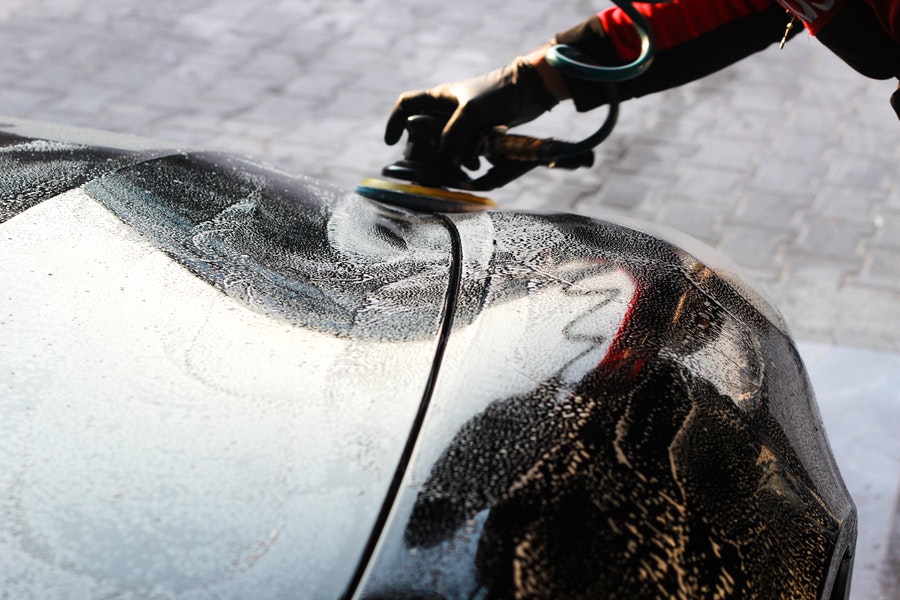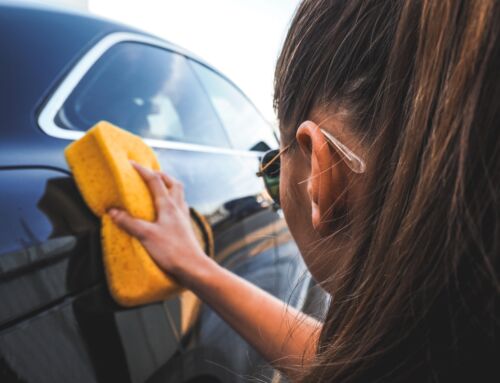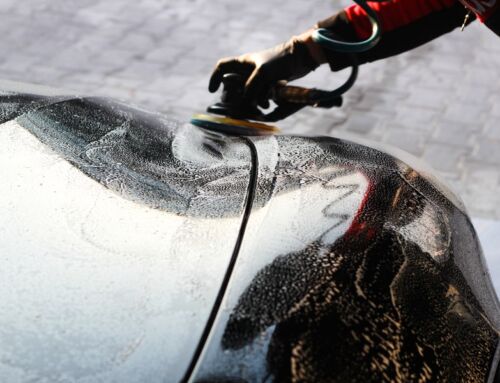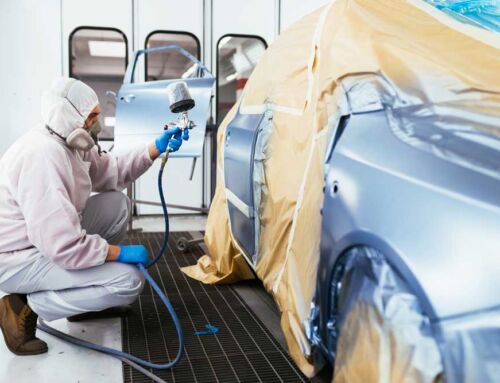Updated: 4/26/2024
When you acquire a new vehicle, its maintenance becomes a priority to keep it looking pristine and to preserve its value. Among the many care considerations, the question of whether to wax the paint of a new car often arises.
This article delves into the necessity of waxing new car paint, exploring the benefits and providing guidance on how to best protect your vehicle’s exterior.
| Topic | Key Points |
|---|---|
| Waxing New Car Paint | Enhances appearance, protects against environmental damage, makes cleaning easier. |
| Alternatives to Waxing | Paint sealants, ceramic coatings, and paint protection film offer varying degrees of protection and longevity. |
| Application Tips | Best practices for applying wax and other protectants to ensure maximum effectiveness and protection. |
| Maintenance and Care | Regular maintenance schedules for reapplication and tips for preserving the vehicle’s exterior condition. |
Understanding the importance of maintaining the paint of a new car is crucial for any vehicle owner. Let’s explore why waxing is recommended, but not required, and what alternatives exist for those seeking different levels of protection and maintenance requirements.
Why Waxing Your New Car Is Beneficial
When it comes to preserving the shine and integrity of your vehicle’s paint, waxing plays a pivotal role. The primary reasons for waxing a new car include:
- Enhancing the vehicle’s appearance: Wax adds a glossy sheen to the car’s paint, making it look cleaner and more vibrant.
- Protecting against environmental damage: Wax forms a protective barrier on the paint’s surface, shielding it from the sun’s UV rays, acid rain, bird droppings, and other potentially harmful elements.
- Simplifying cleaning: A waxed car is easier to clean as dirt and grime have difficulty sticking to the waxed surface.
However, the effectiveness of waxing isn’t just about aesthetics and protection; it also involves the right application and maintenance strategy. The benefits of waxing are clear:
- Waxing can fill in light scratches and swirl marks, making them less noticeable.
- The protective layer wax provides can significantly extend the paint’s life, preserving the vehicle’s value and appeal.
Moreover, modern vehicles can benefit from waxing just as much as older models, despite advances in paint technology. Waxing remains an essential step in paint care, complementing the factory paint’s protective qualities.
As we’ve discussed the core advantages of waxing, it’s also important to consider the alternatives that might suit different preferences and protection levels. Next, we’ll explore these options and how they compare to traditional waxing.
Did You Know?
Car wax, as we recognize it today, was first introduced in 1944. It was invented by Ben Hirsch, who created a liquid auto polish known as Plastone. This innovative product was later renamed Turtle Wax®, thanks to its hard shell finish.
Exploring Alternatives to Wax
While waxing is a traditional method for protecting car paint, several modern alternatives offer enhanced durability and protection:
- Paint Sealants: Synthetic alternatives to wax, providing longer-lasting protection against the elements.
- Ceramic Coatings: Offer a higher level of protection and gloss, repelling water and contaminants more effectively.
- Paint Protection Film (PPF): The most durable form of paint protection, resisting physical damage like chips and scratches.
Each of these alternatives has its pros and cons, and the choice between them depends on individual needs, budget, and the level of protection desired. For instance:
- Paint sealants are easier to apply and last longer than traditional waxes but may not provide the same depth of shine.
- Ceramic coatings offer a balance of longevity, protection, and aesthetic appeal, but at a higher initial cost.
- PPF provides the utmost in physical protection, ideal for those looking to safeguard their investment from more significant damage.
This section has shed light on the various options available for protecting your vehicle’s paint, each offering different benefits. As we continue, we’ll delve into practical application tips to ensure whichever method you choose is as effective as possible.
Application Tips for Maximum Protection
Achieving the best results from waxing or applying any paint protectant requires following some key best practices:
- Preparation is crucial: Ensure the car’s surface is clean and dry before applying any product. This may involve washing, drying, and possibly clay barring the vehicle to remove any surface contaminants.
- Apply in the shade: Direct sunlight can cause the product to dry too quickly, leading to uneven application and reduced effectiveness.
- Use the right tools: Whether applying wax, sealant, or ceramic coating, using the appropriate applicators and buffing cloths can make a significant difference in the outcome.
Following these guidelines will help ensure that your vehicle’s paint is not only protected but also looks its best. Regular application and maintenance are key to sustaining the protective benefits over time.
Now that we’ve covered the importance of proper application, let’s focus on the ongoing maintenance and care required to keep your vehicle’s exterior in top condition.
Maintenance and Care
Maintaining the protective layer on your car’s paint is not a one-time task but an ongoing commitment. Here are some tips
for maintaining the wax or any other protective layer you choose:
- Regularly inspect the condition: Pay attention to the shine and water repellency of your vehicle’s exterior to determine when reapplication is necessary.
- Follow a maintenance schedule: Depending on the type of protectant used, plan for regular reapplication—every few months for wax, annually for sealants, and every few years for ceramic coatings.
- Wash your vehicle carefully: Use gentle, automotive-specific cleaning products and methods to avoid stripping the protective layer prematurely.
Adhering to these practices will help extend the life of the paint protectant, ensuring your car remains vibrant and well-protected against environmental factors.
By now, we’ve explored why waxing your new car is beneficial, alternative protective measures, application tips, and maintenance strategies to keep your vehicle looking its best.
In conclusion, whether you choose to wax paint your new car or opt for a more durable alternative like ceramic coatings or paint protection film, the key is consistent care and maintenance. Protecting your car’s paint not only keeps it looking new but also preserves its value over time. From traditional waxing to modern coatings, each method offers its own set of advantages tailored to different needs and preferences. Remember, the effort you put into maintaining your vehicle’s exterior pays dividends in both aesthetics and resale value.
If you’re seeking more detailed information or have specific questions about caring for your car’s exterior, feel free to contact Downtown Autobody. Our expert team is ready to assist you with a range of services, from collision repair to detailed auto painting.
Plus, we understand the inconvenience of being without your vehicle, which is why we offer free loaner cars to our customers, including those under 25 going to Sonoma State University. At Downtown Autobody, we’re not just about repairs; we’re about providing solutions that keep you and your car on the road.





